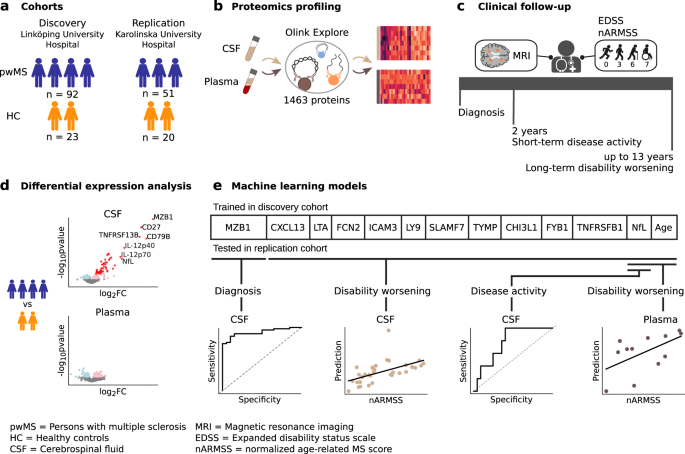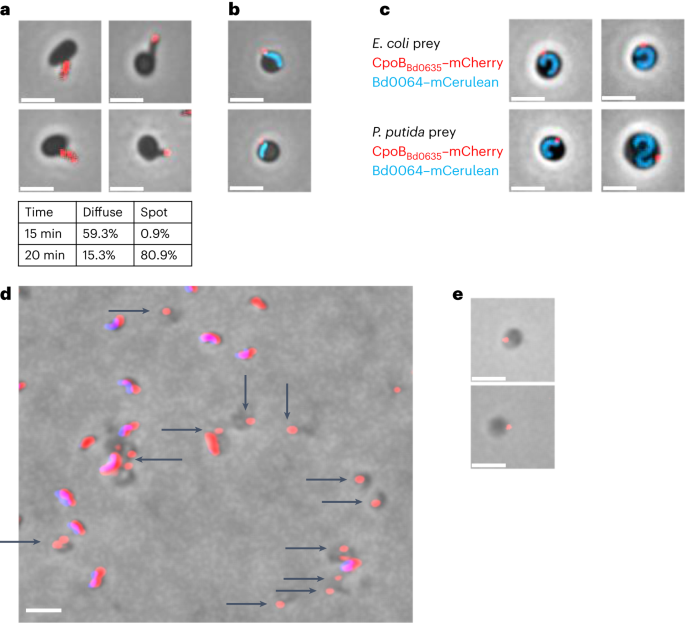2024-01-09 リンショーピング大学
◆これにより、早い段階でより効果的な治療を行うための分析ツールの開発が進む可能性があります。特に、神経軸索の損傷から漏れる特定のタンパク質が、短期的な病態活動の信頼性の高い生物マーカーであることが示唆されました。研究者たちは、これにより治療が必要な患者を早期に選別できる可能性があり、治療の効果的な選択に寄与できるとしています。
<関連情報>
- https://liu.se/en/news-item/severe-ms-predicted-using-machine-learning
- https://www.nature.com/articles/s41467-023-42682-9
プロテオミクスにより多発性硬化症の診断、疾患活動性、長期障害転帰のバイオマーカーが明らかになる Proteomics reveal biomarkers for diagnosis, disease activity and long-term disability outcomes in multiple sclerosis
Julia Åkesson,Sara Hojjati,Sandra Hellberg,Johanna Raffetseder,Mohsen Khademi,Robert Rynkowski,Ingrid Kockum,Claudio Altafini,Zelmina Lubovac-Pilav,Johan Mellergård,Maria C. Jenmalm,Fredrik Piehl,Tomas Olsson,Jan Ernerudh & Mika Gustafsson
Nature Communications Published:30 October 2023
DOI:https://doi.org/10.1038/s41467-023-42682-9

Abstract
Sensitive and reliable protein biomarkers are needed to predict disease trajectory and personalize treatment strategies for multiple sclerosis (MS). Here, we use the highly sensitive proximity-extension assay combined with next-generation sequencing (Olink Explore) to quantify 1463 proteins in cerebrospinal fluid (CSF) and plasma from 143 people with early-stage MS and 43 healthy controls. With longitudinally followed discovery and replication cohorts, we identify CSF proteins that consistently predicted both short- and long-term disease progression. Lower levels of neurofilament light chain (NfL) in CSF is superior in predicting the absence of disease activity two years after sampling (replication AUC = 0.77) compared to all other tested proteins. Importantly, we also identify a combination of 11 CSF proteins (CXCL13, LTA, FCN2, ICAM3, LY9, SLAMF7, TYMP, CHI3L1, FYB1, TNFRSF1B and NfL) that predict the severity of disability worsening according to the normalized age-related MS severity score (replication AUC = 0.90). The identification of these proteins may help elucidate pathogenetic processes and might aid decisions on treatment strategies for persons with MS.


